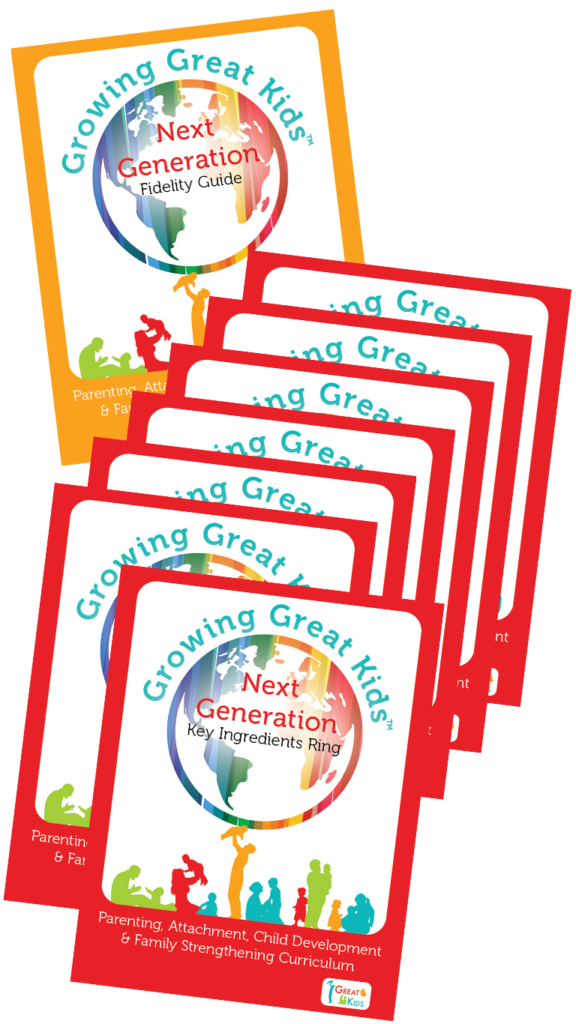Documentation is never really anyone’s favorite topic of conversation, but as we all know, it’s an important part of our work. Home visitors and Supervisors sometimes wonder how to effectively and efficiently connect home visit records with the GGK Daily Do’s.
This week, GGK Trainer Cristina Nealon offers some tips for making sure that your documentation of the Daily Do’s is meaningful. If you are using the Growing Great Kids Home Visit Record or a similar tool, Cristina suggests that you start by checking one of the Daily Do boxes. It’s important to remember that you might have more than one box to consider.
Here are some things to think about for an example scenario:
Scenario: Suppose that during your home visit, you observed Mom using all three steps of E-Parenting. You used an ATP to praise her for her efforts. When you noticed the baby’s feelings start to shift, you went through Getting In Sync with My Baby with the mom. During the visit, Mom asked “why is it so important that I tell her what she’s feeling all the time?” You used the Pay-Offs section of the E-Parenting hand-out and allowed her to choose a few of those pay-offs that were important to her.
In thinking about how to document this scenario in an efficient manner, Christina shared these thoughts:
- In the area for E-PARENTING, under OBSERVED, write a note indicating what you observed. You might write “Mom used the three steps of E-Parenting. Baby began fussing and Mom picked baby up. Next she said to baby ‘you are hungry, you are hungry; Mommy will feed you.’ Then Mom breastfed fed baby.”
- In the area for E-PARENTING, under ACCENTUATED, write a note briefly describing all three steps of your ATP.
- In the area for E-PARENTING, under FACILITATED, write a note briefly describing how you encouraged Mom to practice more E-Parenting by using the Getting in Sync with My Baby tool.
- In the area for E-PARENTING, under ANCHORED LEARNING VIA TEACHABLE MOMENTS, briefly describe how you used the E-Parenting Pay-offs to answer a question Mom had about why she needed to do step two of E-Parenting in order to increase her awareness and motivate her to put the Daily Do into practice.
Thanks so much Cristina, your tips really give some specific guidance on how home visitors can be more intentional and guided in their documentation, and really, in their work with families overall. This will help assure that Home Visitors and their programs can connect the dots between the work they are doing and the successful outcomes they see with their families.
Another really important impact this kind of documentation has is that by clearly making these connections in your notes, you will be wiring up connections in your brain that will improve your effectiveness as a Home Visitor. Each time you help yourself to see the cause and effect of your work, your Home Visitor brain is growing!
As always, feel free to email any topic suggestions or questions to danabroadway@greatkidsinc.net

